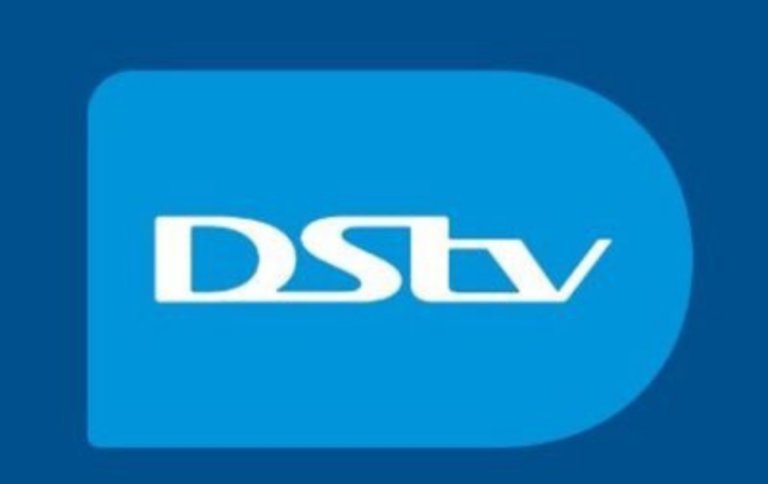Learn More About Sales Forecast With This Extensive Manual

If you manage sales in a business, then you may have heard of the term “sales forecast”. But what exactly is it and how can it help your organization? A sales forecast is used to determine the long-term performance of products or services. It helps companies plan for upcoming growth and identify challenges that they need to tackle when managing their sales plans. This manual will explain the key components of a successful sales forecast model and how you can use it to take your team’s performance up a notch!
What is a Sales Forecast and Why Is It Important
A sales forecast serves as a prediction of a company’s future sales revenue, typically measured on a monthly or quarterly basis. This estimate is made by analyzing past sales patterns and market trends to determine current and future demands for a specific product or service. While sales forecast cannot guarantee future results, it helps businesses to plan and prepare for potential future changes.
Accurately predicting sales allows a company to make informed decisions on topics such as inventory, staffing, and marketing efforts. Additionally, sales forecasting can help identify areas of growth potential. By analyzing past and current sales data, businesses can determine which products or services are performing well and which ones may need improvement or adjustments. This insight can then be used to develop targeted strategies for increasing revenue in specific areas.
The Basics of Developing an Accurate Sales Forecast
Creating a sales forecast requires a combination of historical data, current market trends, and industry knowledge. It is important to gather as much information as possible to make an accurate prediction. Here are some key steps to follow when developing a sales forecast:
- Analyze past sales data: Take a look at your company’s previous sales history. This will provide valuable insight into patterns and trends that can be used to predict future sales.
- Consider current market conditions: Market trends and economic factors can greatly impact sales. Stay updated on industry news and changes in the market to make informed predictions.
- Understand your target audience: Knowing your customers’ needs, preferences, and behavior is essential in accurately forecasting sales. Segmenting your customer base can help identify different patterns and make more targeted predictions.
- Involve key team members: Sales forecasting requires input from different departments within a company, such as sales, marketing, and finance. Collaborating with these teams can provide a well-rounded perspective on future sales potential.
Types of Sales Forecasts and Their Advantages
Sales forecasts are an essential part of any business, and there are several types of forecasts that businesses can utilize to make informed decisions. One type of forecast is qualitative, which relies on subjective information such as market research and expert opinions. Another type is quantitative, which is based on historical data and statistical models.
Each type of forecast has its advantages, with qualitative forecasts being more flexible and adaptable to changes in market conditions, and quantitative forecasts providing a more accurate prediction of sales trends. Overall, choosing the right type of sales forecast can help businesses make more informed decisions and stay ahead of their competition.
Commonly Used Forecasting Methods and Techniques
To develop an accurate sales forecast, businesses can use a variety of methods and techniques. Some commonly used techniques include trend analysis, regression analysis, and the Delphi method. Trend analysis looks at past sales data to identify patterns and trends that can be used to predict future sales. Regression analysis uses mathematical models to analyze the relationship between different variables and make predictions based on that data. The Delphi method involves expert opinions and consensus-building to create a more accurate forecast.
Different Challenges That Can Affect Your Sales Forecast Accuracy
While sales forecasting can provide valuable insights, it is important to note that there are potential challenges that can impact the accuracy of a forecast. These challenges include changes in market conditions, unexpected events or crises, and inaccurate data. It is essential to regularly review and adjust forecasts as needed to account for any changes or challenges that may arise. Also, regularly updating and maintaining accurate data can help improve the accuracy of a sales forecast.
How to Leverage Technology to Enhance Your Sales Forecast Accuracy
With advancements in technology, businesses now have access to a variety of tools and software that can help enhance the accuracy of their sales forecast. Some examples include customer relationship management (CRM) systems, data analytics software, and sales forecast software. These tools can streamline data collection, improve data accuracy, and provide valuable insights for making more informed predictions.
Tips for Making the Most Out of Your Sales Forecast Results
Once a sales forecast is complete, it is important to utilize the results effectively to drive success in your organization. Here are some tips for making the most out of your sales forecast:
- Regularly review and update: As mentioned before, market conditions and other factors can change over time. It is crucial to regularly review and adjust forecasts as needed.
- Communicate with all departments: Share the forecast results with all relevant teams and departments to ensure everyone is aligned on goals and strategies.
- Use it as a guide, not a guarantee: A sales forecast is not a guarantee of future results. Use it as a guide to make informed decisions rather than relying solely on its predictions.
- Continuously improve data accuracy: To maintain an accurate sales forecast, it is important to regularly update and maintain accurate data.
- Monitor and compare results: Keep track of actual sales numbers and compare them to the forecasted results. This will help identify areas for improvement in future forecasts.

In conclusion, understanding the importance of developing an accurate sales forecast and the potential challenges is essential to finding success in sales forecasting. Different types of sales forecasts and forecasting methods and techniques can be used to suit various business needs, goals, and budgets. Utilizing technology to enhance your sales forecast accuracy can help mitigate any potential risks associated with inaccuracies.
Additionally, by following some key tips to make the most out of your results, you will be on the right track toward creating successful sales forecast plans going forward. It’s all about staying informed when it comes to managing your business’s finances and staying ahead of potential risks that may arise! Taking the time to undertake a proactive approach towards enhancing your sales forecast processes today will pay dividends down the road. Start leveraging everything this powerful tool has to offer today!







